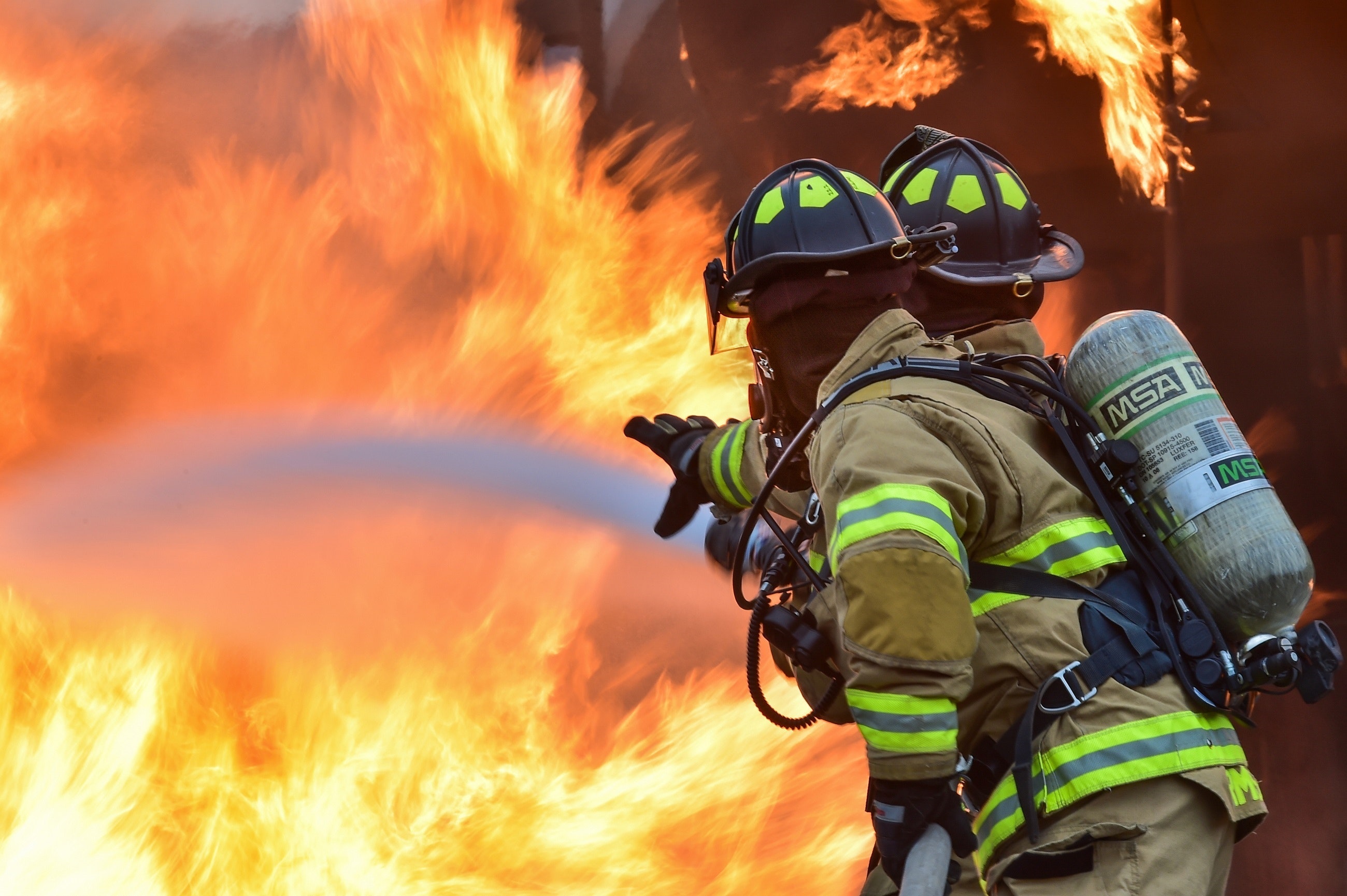Fire Investigation

Chemical contamination in a building after a fire is an increasing concern for the building occupants. Known carcinogenic effect and toxicity of the chemicals generated can lead to many health problems if no post-fire contamination control measures are in place. Because of the diverse nature of materials being burnt in a fire, there is considerable uncertainty in the estimated emissions from different types of fire. Typically a fire can produce numerous products of combustion including gases, soot and particulate matter, volatile organic compounds (VOCs) and semi-volatile organic compounds including polycyclic aromatic hydrocarbons (PAHs). Sometimes, depending on the sources of burning, metals such as lead, mercury, chlorinated species such as polychlorinated dibenzo-p-dioxins (PCDDs) and polychlorinated dibenzofurans (PCDFs) or polychlorinated biphenyls (PCBs) can be emitted as well. The tables below show some of the common contaminants in a fire:
| Inorganic Gases | Volatile Organic Compounds (VOCs) | Semi-Volatile Organic Compounds (SVOCs) |
|---|---|---|
| Carbon dioxide | Benzene | Polycyclic Aromatic Hydrocarbons (PAHs) |
| Carbon Monoxide | 1,3-Butadiene | Chlorobenzenes |
| Hydrogen Cyanide | Phenol | Creosol and alkyl phenols |
| Hydrogen Chloride | Styrene | Organophosphates |
| Nitrogen Oxides | Benzofuran | Dibenzofuran |
| Hydrogen Bromide | Thiophene | Indene |
| Hydrogen Fluoride | Acrolein | Benzothiophenes |
| Ammonia | Methacrolein | 1,1-Biphenyl |
| Sulphur Dioxide | Formaldehyde | PCDDs/PCDFs |
Various methods are used to characterize these parameters, including thermal desorption gas chromatography/ mass spectrometry for volatile organics, wipe or bulk samples for semi-volatile organic compounds using gas chromatography/ mass spectrometry; as well as ion chromatography, high pressure liquid chromatography and gas chromatography with specific detectors for the inorganic gases and formaldehyde. For post-fire analysis, most of inorganic gases are usually not required if the area has been ventilated.
With open characterization, CASSEN can detect the major compounds present in the environment post-fire and their approximate concentrations to determine whether they are hazardous to health. This approach is significantly better than a target compound list with which many key toxic compounds are not detected. In some cases, using the open characterization, our laboratory can construct the pattern of the fire occurrence such as electrical fire, petrochemical fire or others.
CASSEN has extensive expertise in many fire related analysis including fire investigation analysis, post-fire contamination clearance, arson testing, fire-fighters post fire exposure study and vegetable oil fire and as expert witness for fire litigation cases.